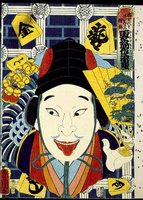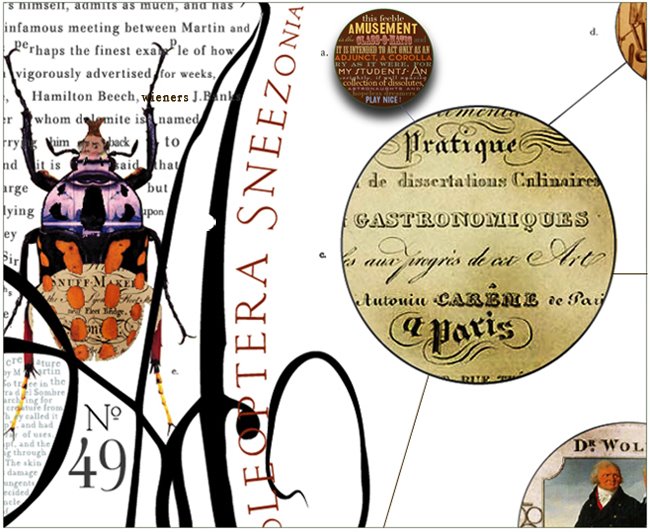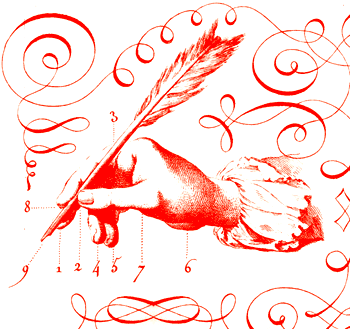The earliest Ukiyo-e prints date from about 1600. These early works were monochromatic, with the design laid out in bold black lines. Beginning in the seventeenth century, artists began to add color by hand, including red, blue, yellow, and orange. They also began to experiment with light-catching textures. With the advent of multicolor printing around the mid-eighteenth century, single prints were built up in layers of aligned blocks, each carrying different colors and pieces of design. Erotic works and images of actors and beautiful women were common subjects in early Ukiyo-e. Also popular were themes from Japanese myth, legend, literature, and history.
click to enlarge


Ukiyo-e prints by early masters working from about 1600 to 1740 were issued
in limited numbers and are extremely rare today.


Japanese art is replete with symbols and allusions. Today's viewer may, understandably, at first might encounter, have difficulty recognizing the literary and historical references and other cultural idioms found in " early modern " Japanese works.
However difficult it can be to translate the work, Japanese art does explore themes familiar to Westerners and Easterners alike. The individual versus society; humanity and the forces of nature; this world vis á vis the the unknown future, are among the themes commonly explored in Japanese art, as they are in other cultures' artistic expressions




click to enlarge



No comments:
Post a Comment